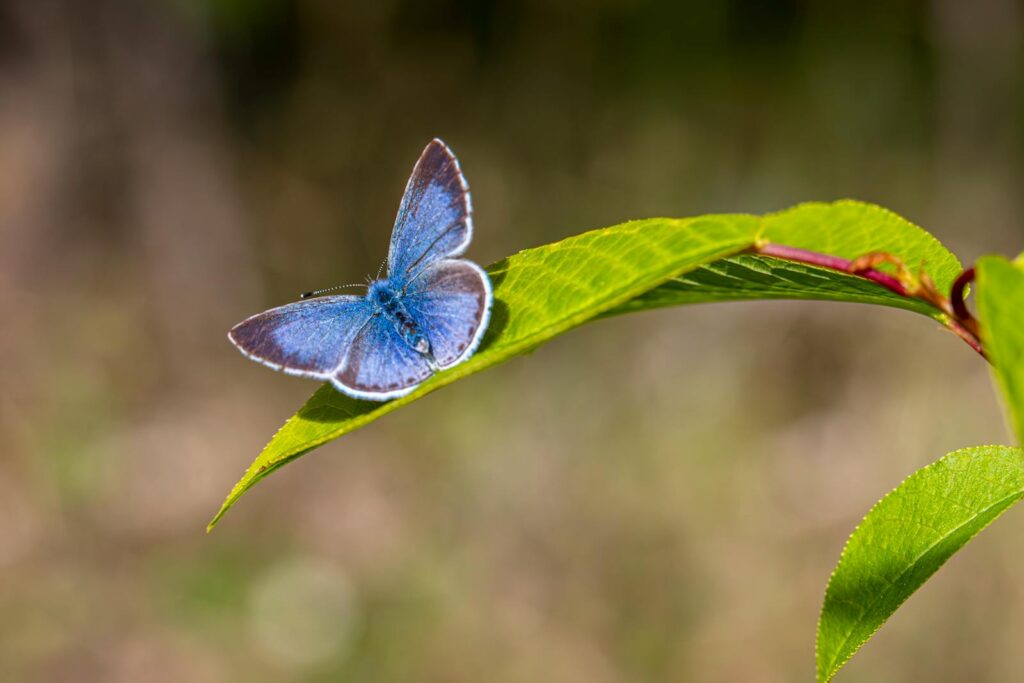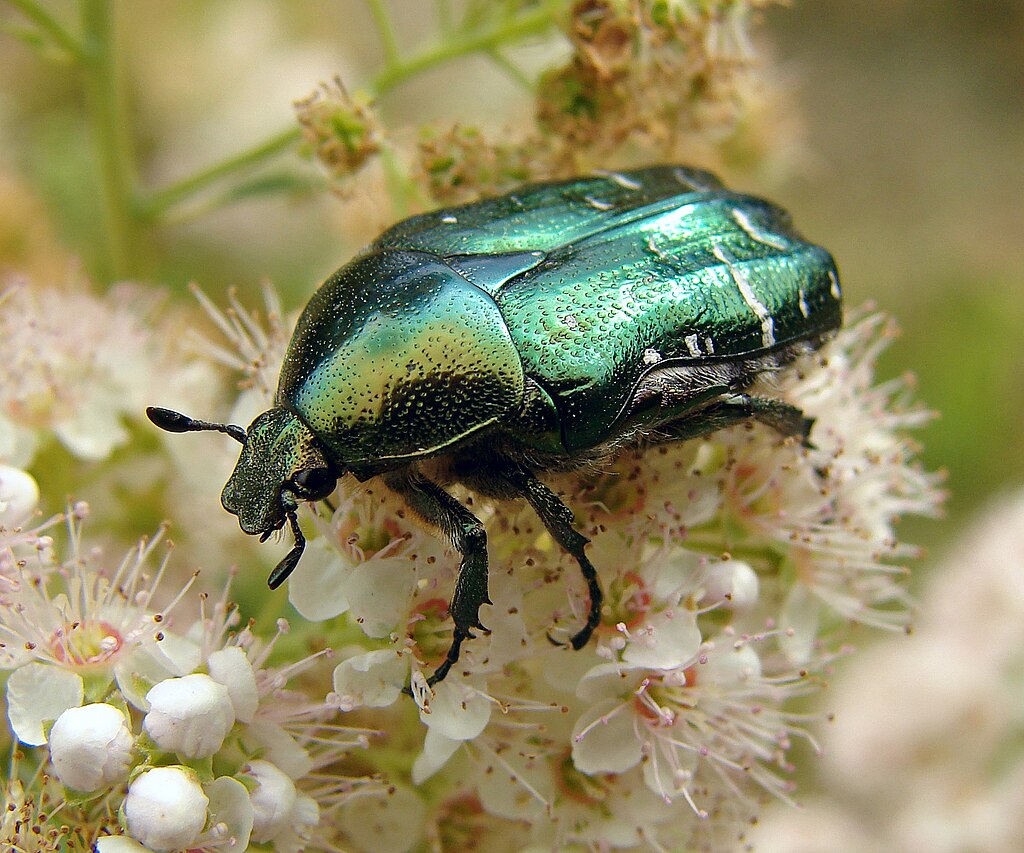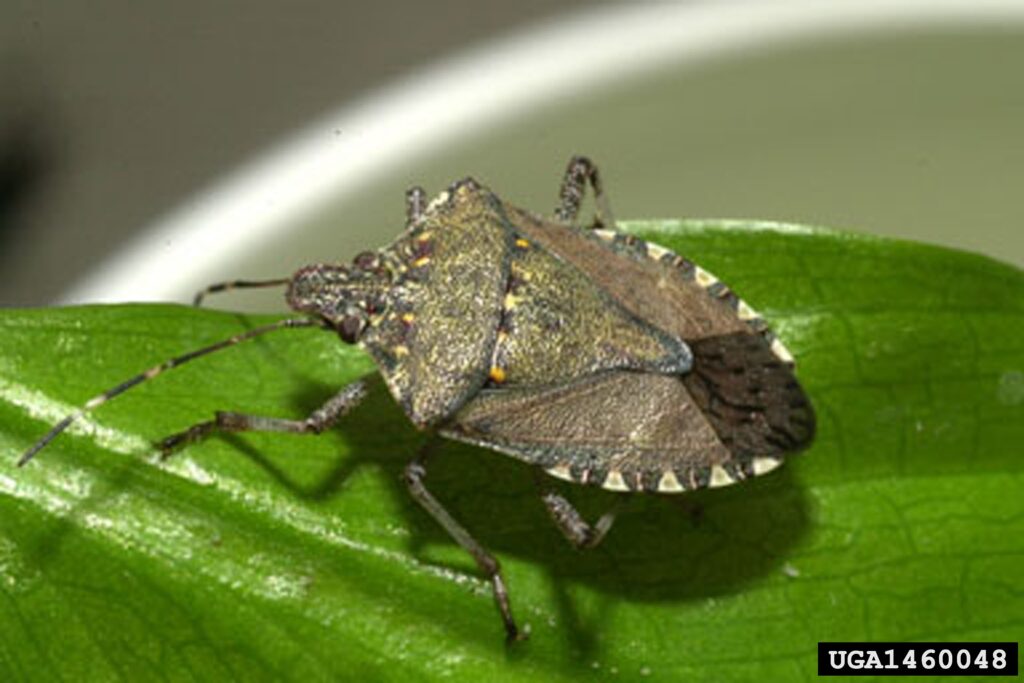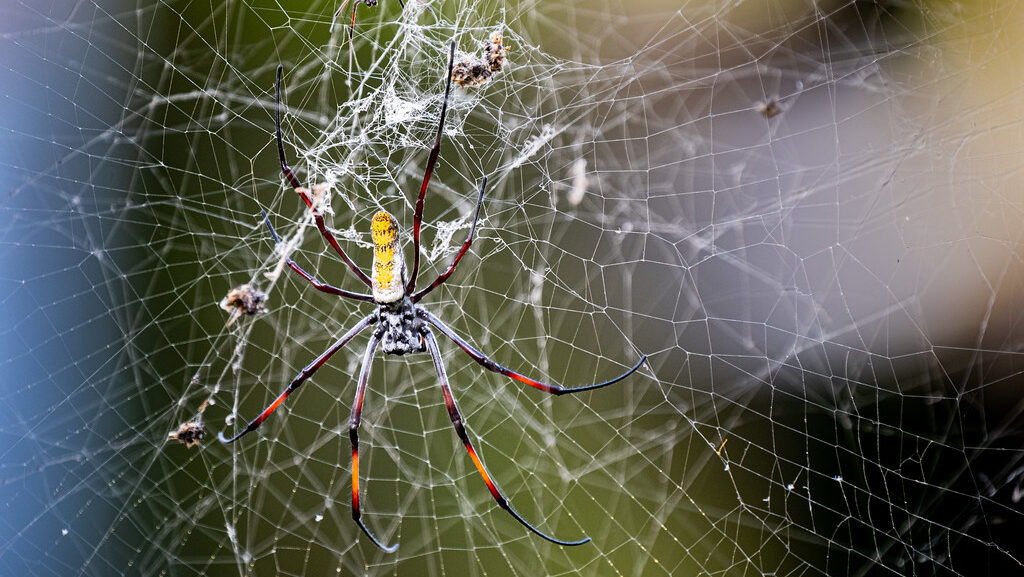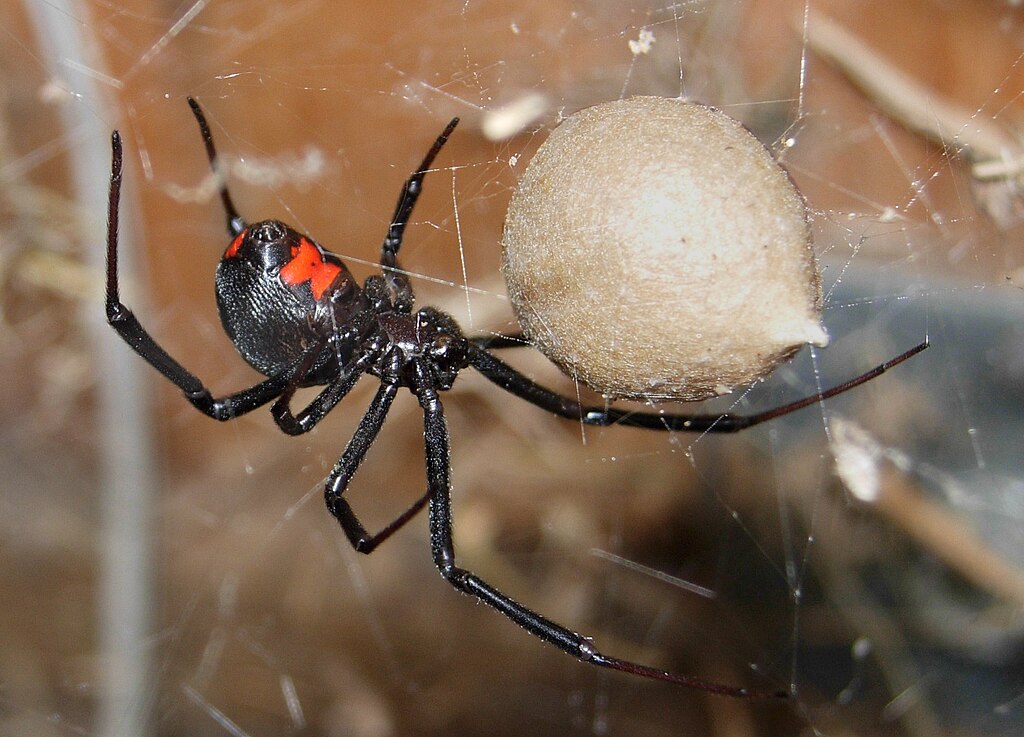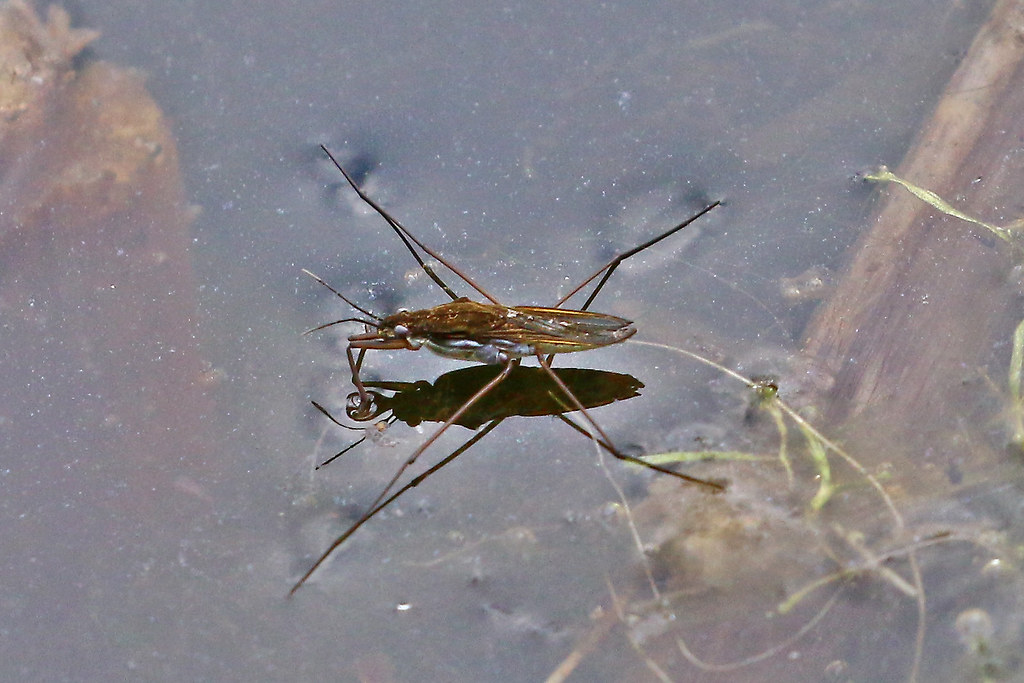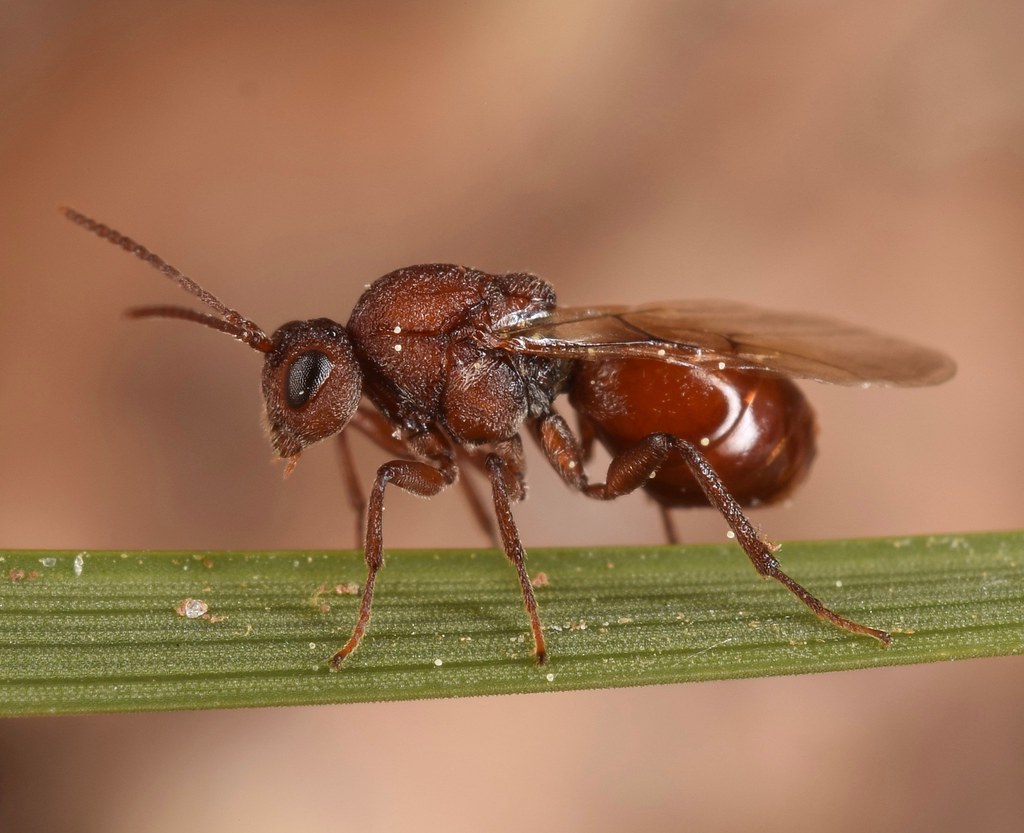The Palos Verdes Blue: L.A.’s Rarest Insect Returns from the Edge
In the sprawling urban landscape of Los Angeles County, a tiny miracle with iridescent wings has made one of the most remarkable comebacks in conservation history. The Palos Verdes Blue butterfly (Glaucopsyche lygdamus palosverdesensis), once declared extinct and later rediscovered, represents both the fragility of our ecosystems and the potential for recovery when humans intervene ...

